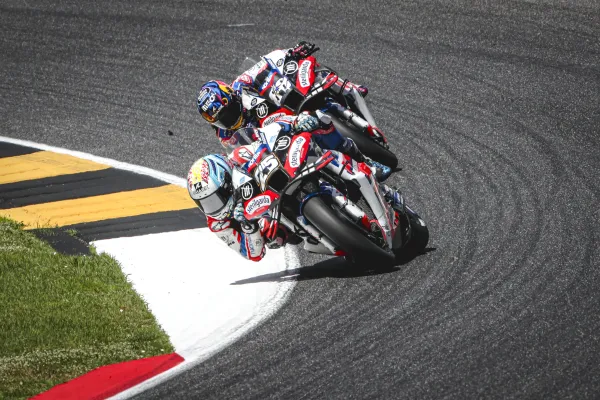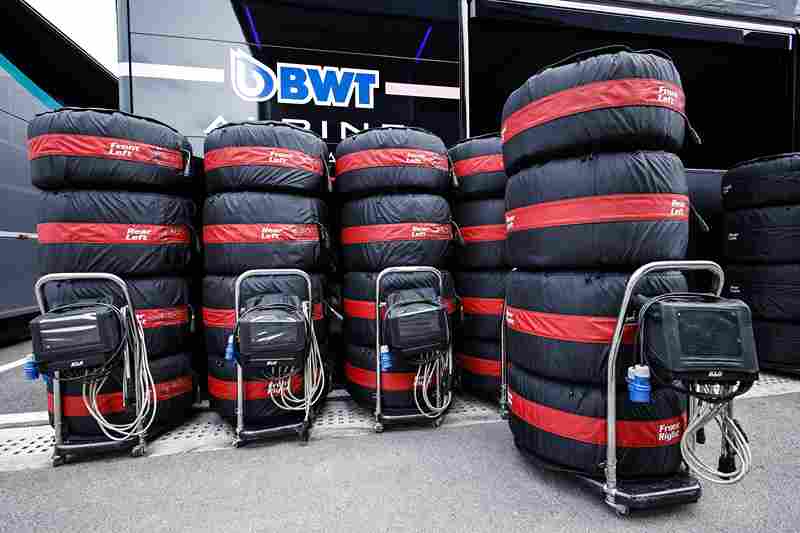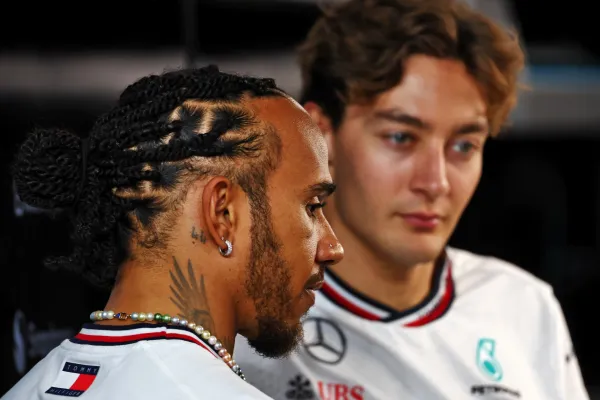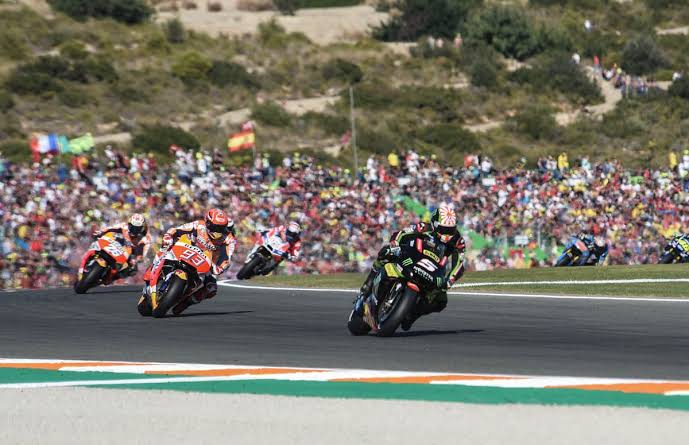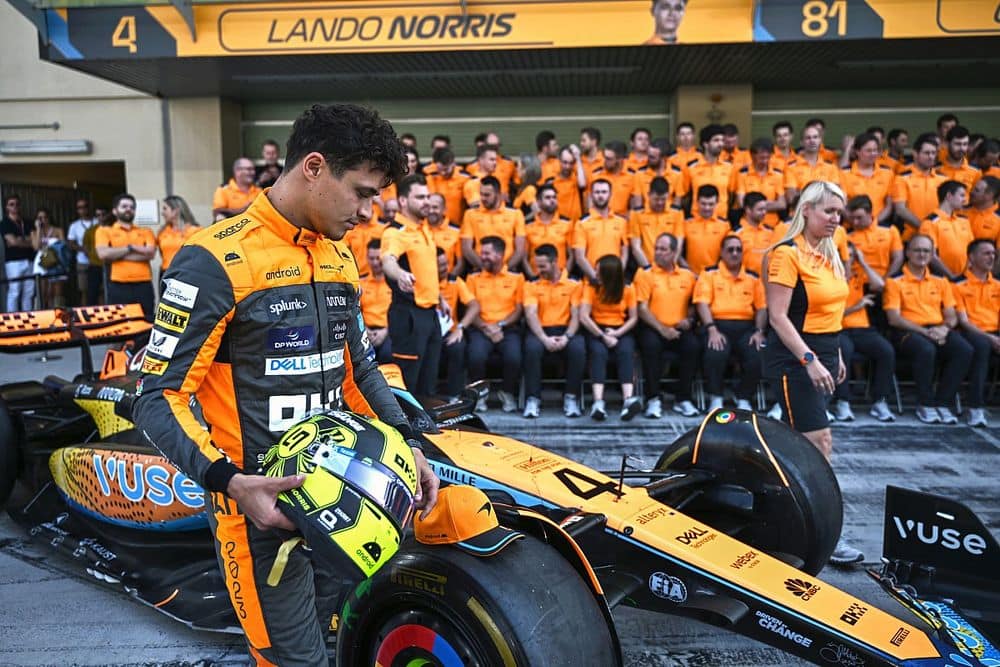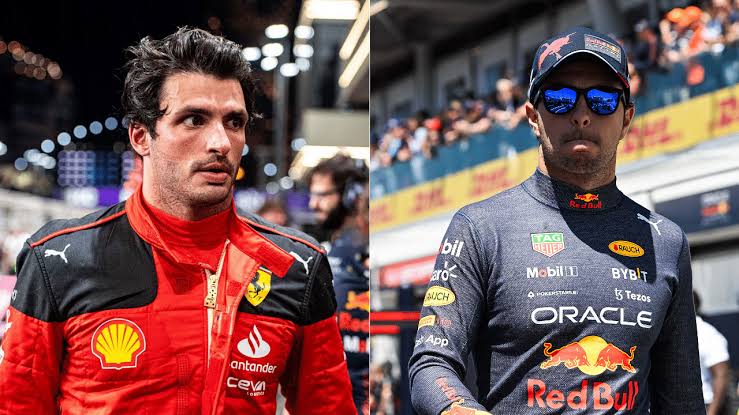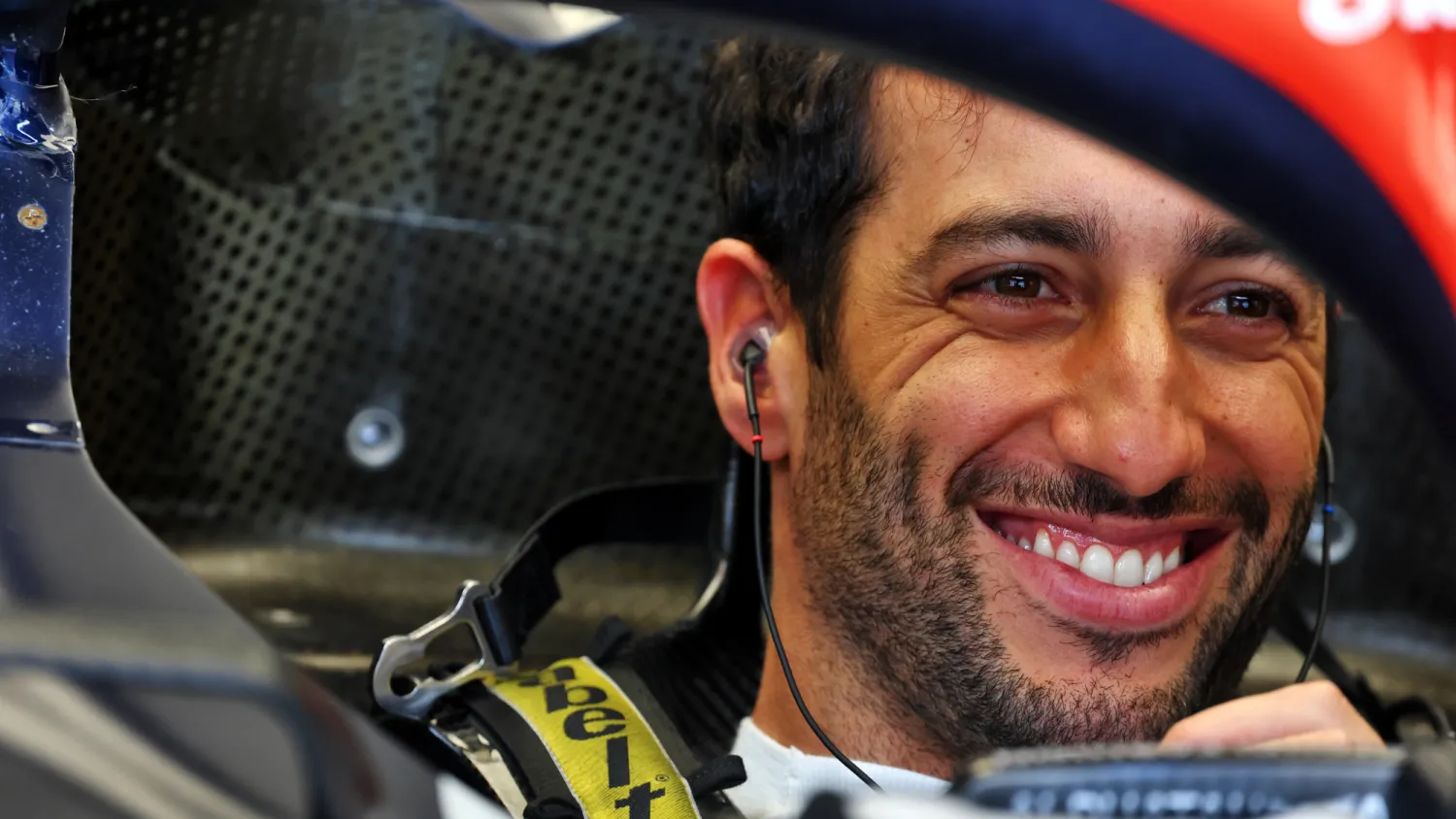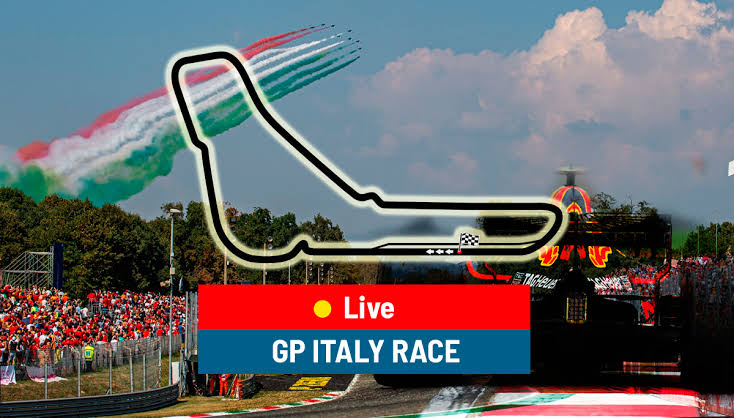Champagne And Checkbooks: How LVMH’s $1 Billion Investment Is Shaping the Future Of F1
Formula 1 (F1) has been the summit of motorsport for many years, a high-octane fusion of high-tech, high-speed, and a perception of elitism. From specialist interest to global phenomenon, over time, F1 has been a fascination that has captivated millions of fans of different age groups. This has been fueled not only by advances in technology and high-profile rivalries but also by business strategies to broaden its popularity and commercial pull. One such gigantic step in that direction is the new announcement of a revolutionary 10-year partnership between Formula 1 and conglomerate LVMH (Louis Vuitton Moët Hennessy) for a staggering $1 billion. The partnership is going to redefine the face of F1, merging high-racing performance and high-life living in ways that promise to elevate the profile of the sport, enrich fan engagement, and fuel expansion in the future.
The Billion-Dollar Alliance: The Convergence of Luxury and Motorsport
The alliance between F1 and LVMH is more than a traditional sponsorship; it is a strategic partnership between two of the world’s most iconic brands that share a vision of excellence and innovation. The investment is a one-off opportunity for LVMH to engage with F1’s increasingly diverse and younger global fanbase. In return, Formula 1 obtains significant financial support that will continue to power its growth while deriving added value from LVMH’s expertise in creating premium experiences.
The $1 billion investment would be distributed over the ten-year partnership, with a number of high-profile LVMH brands becoming a fundamental part of the Formula 1 experience:
Louis Vuitton: With its sophisticated style, Louis Vuitton will design winning trunks for race victories, imbuing podium celebrations with elegance.
Moët & Chandon: The brand of champagne that is synonymous with style and sophistication will be restored to its position of official champagne of Formula 1, adding a celebratory note to winning races. Moët & Chandon has a heritage in F1, having been a part of the sport’s beginnings.
TAG Heuer: The Swiss watch brand will replace Rolex as the official timekeeper of F1, bringing its legacy of precision and watchmaking to the center of auto racing.
Beyond these high-profile endorsements, LVMH’s presence will also be felt in hospitality programs, activation promotions, and bespoke merchandise, merging luxury seamlessly into the Formula 1 experience.
A New Age of Formula 1: Expanding Global Fan Base and Enhanced Fan Engagement
The partnership with LVMH arrives at a strategic time for Formula 1, which is going through unprecedented growth driven by a range of various influences:
Global Expansion: F1 has also been eager to move beyond Europe to new races in Saudi Arabia, Qatar, and the United States. The expansion has introduced the sport to new fans and dramatically increased viewing around the world.
Attracting Younger Fans: The social media buzz around Netflix’s “Drive to Survive” docuseries and heightened social media engagement have brought younger fans to the scene. This generation is not only digitally engaged but also interested in the associated lifestyle of the sport.
Mainstream Media Exposure: Increased exposure in mainstream media has changed drivers and teams in F1 to become household names. The exposure has introduced new partners and sponsors willing to be linked to a dynamic brand.
The collaboration with LVMH is likely to further perpetuate such tendencies by spurring more engagement among fans and attracting new fans. By associating with such luxury brands as Louis Vuitton, Moët & Chandon, and TAG Heuer, Formula 1 is set to move beyond its position of being a mere auto racing series; it is set to become a global entertainment platform that blends sport in a unique manner with luxury.
A Shift in Sponsorship: TAG Heuer In, Rolex Out The arrival of LVMH as a lead partner brings inevitable amendments to partnership arrangements in place. Most visibly, Rolex, a stalwart of F1 since 2013, will step aside as TAG Heuer takes up its role of official timekeeper. As Rolex has gained great exposure in F1 through title sponsoring a large number of races each year, this is an opportunity for TAG Heuer to assert its heritage connection to motorsport.
TAG Heuer’s motorsport heritage spans many decades; it has been linked to various drivers and squads over the years. The return is a reaffirmation of a commitment to exact timing in one of the world’s most demanding sports.
Liberty Media’s Vision: Driving Commercial Partnerships
The partnership with LVMH is also in line with Liberty Media’s vision of Formula 1 after acquiring it in 2017. Liberty Media has established a number of strategies to enhance F1’s commercial value in addition to expanding its popularity:
Digital Transformation: There has been a massive investment to enhance Formula 1’s digital presence through social media channels, YouTube video production, and streaming platforms. The efforts have introduced more of the sport to younger generations of fans and increased engagement across the globe.
Enhanced Fan Experience: Liberty Media has concentrated on improving race-day experiences in terms of entertainment options, interactive displays, and more hospitable amenities—making attendance a more immersive experience.
Strategic Partnerships: Partnerships with such high-profile brands as LVMH have helped raise the profile of F1 while luring new sponsors keen to be linked to this vibrant sport.
Liberty Media’s vision is to transform Formula 1 from a traditional sports organization to a multidimensional, global brand of entertainment that engages a broad cross-section of fans. The partnership with LVMH is fundamental to that effort—combining sports with high-end lifestyles that promise to be highly attractive to fans.
Looking Ahead: The Future of Formula 1
The collaboration between LVMH and Formula 1 is to begin in 2025, though more details can be expected in forthcoming announcements. Nevertheless, it is already apparent that this partnership is going to deeply affect the course of the sport—redefining its brand while making it more engaging to fans.
In the coming years, we can expect
Luxurious Event Experiences: The LVMH brands will be brought to Formula 1 events through one-off merchandise releases, unique hospitality packages, and VIP entry options—enabling race attendance to become a memorable luxury experience.
Elevated Podium Celebrations: With Moët & Chandon once more on board as the official champagne partner of podium celebrations, fans can anticipate even more glamorous moments of glory during celebrations on the podium, reinforcing F1’s status as a premium sporting event. Increased Brand Visibility: The partnership will elevate the profile of Formula 1 and its drivers—new fans will be brought in, in addition to prospective sponsors eager to be associated with this high-profile platform. This partnership between Formula 1 and LVMH is not just a financial one; it is a strategic one that is going to revolutionize the way fans enjoy motorsport. By merging high-race performance with high-life elements, Formula 1 is going to ride a wave of continued expansion and success in the next few years. As we look forward to this glamorous era of champagne toasts and high-level rivalry, one thing is certain: Formula 1 is going to be more than just a high-octane sport; it is going to be a high-life status symbol.

